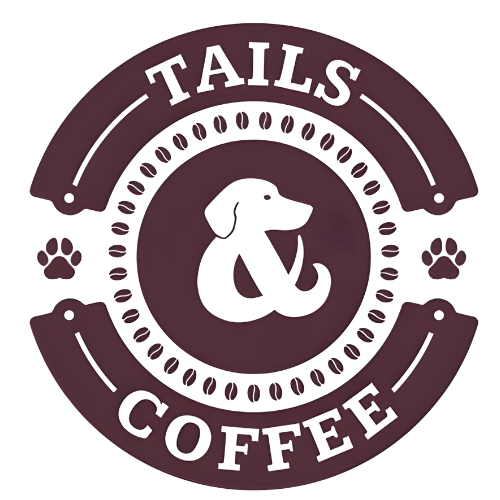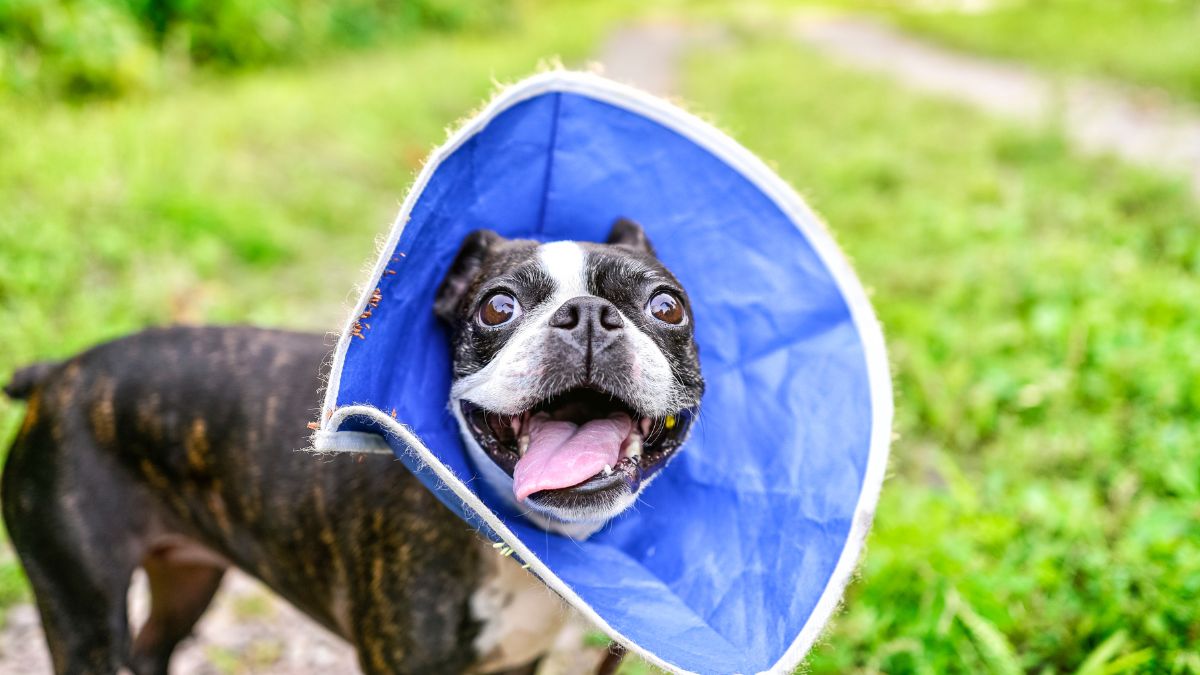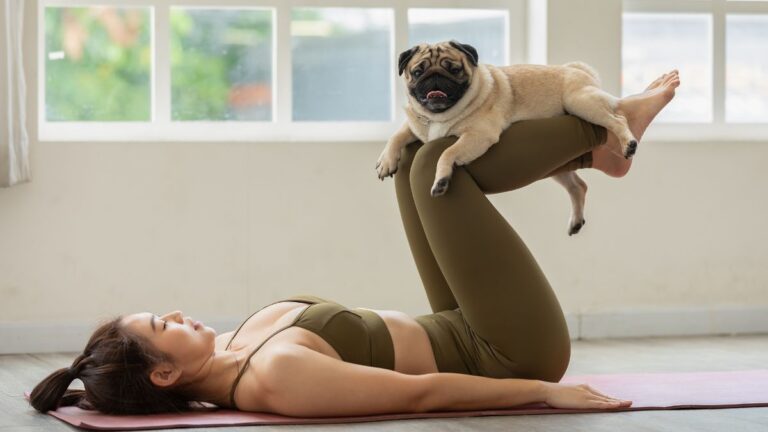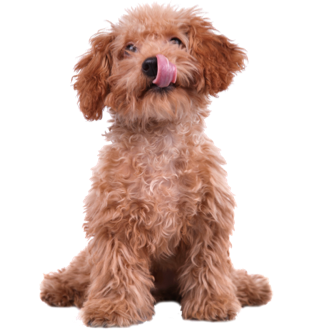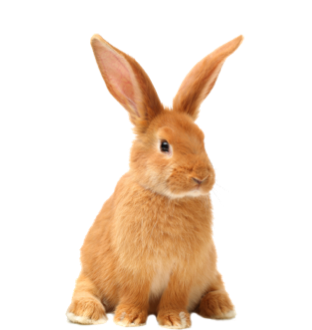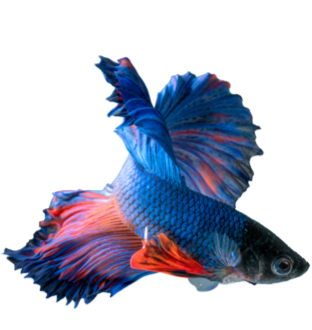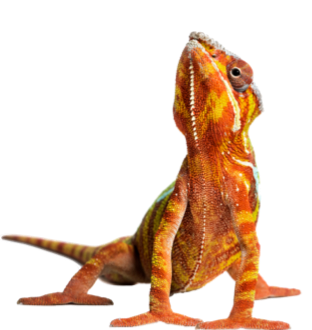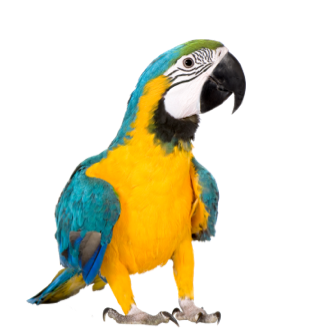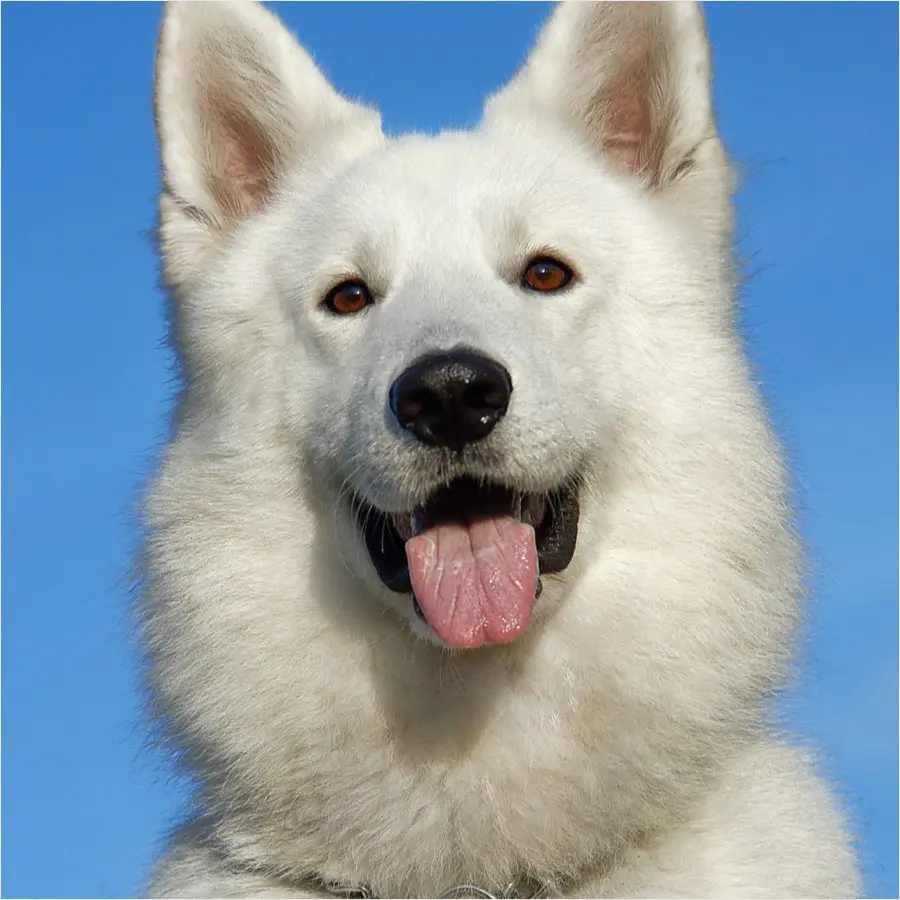If you’ve ever seen a dog sporting that big, plastic collar post-surgery, you’re familiar with what’s commonly known as the “cone of shame.” Thanks to a certain Pixar movie, this protective device—officially called an Elizabethan collar (or E-collar)—is now synonymous with pets recovering from surgery or injuries. While it may seem uncomfortable or restrictive, this “cone” serves a vital purpose in your dog’s healing process.
This guide dives into when dogs need the cone of shame, why it’s essential, how to prepare your pup for it, and some of the best alternatives available to make their recovery as smooth as possible.
What Is the “Cone of Shame”?
The term “cone of shame” is a playful nickname for the Elizabethan collar. Originally named due to its resemblance to the high, flared collars worn in Elizabethan times, the E-collar prevents dogs from reaching injuries or surgical sites with their mouths. Whether it’s a wound from an accident or an incision from a recent surgery, dogs have an instinct to lick and chew these areas, which can delay healing, increase infection risk, or lead to other complications.
An E-collar keeps your dog from licking, chewing, or scratching at the affected area, allowing wounds to heal faster and reducing the chances of secondary infections. While it may look like an uncomfortable, oversized lampshade, it’s one of the simplest and most effective tools for post-surgery pet care.
When and Why Your Dog Might Need the Cone
Your veterinarian will likely recommend an E-collar if your dog undergoes any surgical procedure, including common operations like spaying or neutering. However, other situations may also call for it:
- Post-Surgery Recovery: Surgical incisions, whether on the body or limbs, need time to heal. Licking or scratching these areas can open wounds and introduce bacteria, complicating recovery.
- Skin Irritations or Allergies: Dogs with skin allergies or irritations might need a cone to prevent them from scratching and licking areas excessively, which could worsen the condition.
- Eye and Ear Surgeries: After specific eye or ear procedures, the cone can prevent dogs from pawing at these sensitive areas.
- Injury Wounds: Cuts, bruises, and other injuries can often become worse with licking, as it disrupts the natural healing process and promotes bacterial growth.
Though the cone can look uncomfortable, it can often be the best way to ensure your dog’s healing remains uninterrupted. Discussing your pet’s specific needs with your vet is always recommended, as they may have insights on the duration and type of cone that will work best.
Preparing Your Dog for the Cone of Shame
Many dogs are initially wary of wearing the cone. Here are a few ways to make the adjustment process smoother:
- Introduce Gradually: Let your dog sniff and investigate the cone before placing it over their head. You can even try short practice sessions to help them get used to it.
- Positive Reinforcement: Each time you place the cone on your dog, reward them with treats or praise to create a positive association.
- Distraction Techniques: Providing your dog with toys or treats can divert their attention from the cone and make them more comfortable.
- Clear Their Path: Remove obstacles in your dog’s usual space to prevent bumping into objects while they’re getting used to the cone.
With patience and care, most dogs can adjust to wearing the cone, though some may take longer than others.
Cone of Shame Alternatives: Finding the Right Fit
While the traditional hard plastic cone is often the most effective solution, some dogs may struggle with it. Thankfully, there are a variety of alternatives that can still serve the protective purpose without being as restrictive.
1. Inflatable E-Collars
Resembling a neck pillow, an inflatable collar can provide more comfort than a traditional cone. These are softer and less restrictive, allowing dogs to eat, drink, and see more easily. However, they may not be effective for all injuries, as dogs may still be able to reach certain areas.
- Pros: More comfortable, allows greater visibility and mobility.
- Cons: Less effective for injuries on the lower body or paws.
2. Soft Cones
Soft E-collars are made from fabric, which is gentle on your dog’s skin and generally more flexible than plastic cones. These collars can reduce anxiety for some dogs who dislike the rigidity of plastic. However, soft cones may collapse, which can limit their effectiveness for some wounds.
- Pros: Comfortable, flexible, and easier on furniture or walls if your dog bumps into them.
- Cons: Less sturdy and may collapse, offering less protection than hard cones.
3. Recovery Suits
A recovery suit covers your dog’s body rather than restricting their head movement. It’s a full-body covering made of breathable fabric that prevents dogs from licking or biting their incisions. Recovery suits are ideal for certain surgeries but may not be suitable if the wound is on your dog’s face or neck.
- Pros: Allows for natural movement, especially useful for wounds on the body.
- Cons: Can be uncomfortable for some dogs, requires proper fit to be effective.
4. Neck Collars
These collars are thick, flexible bands that prevent your dog from turning their head far enough to reach their wounds. This type of collar restricts less movement than traditional cones and may work well for more relaxed dogs who won’t attempt to get around it.
- Pros: Minimal restriction, more comfortable than plastic cones.
- Cons: Not effective for determined dogs who may try to bypass it.
5. Alternative Solutions
In addition to these alternatives, some pet owners use modified approaches, such as using socks to cover wounds or applying gentle muzzles to prevent biting. Consult your vet about these alternative solutions, as they might not work for every dog or every type of injury.
FAQs About the Cone of Shame
Yes, dogs can sleep with their cone on. While it may take some time to adjust, dogs usually find a comfortable way to rest. You may help by creating a cozy, padded area for them
The duration varies depending on the injury or surgery. Generally, cones are recommended until stitches are removed, which could be 10-14 days. Your vet will provide specific guidance
If your dog struggles with eating, try removing the cone during mealtime, but supervise closely. Soft cones or inflatable collars may also make it easier for them to eat
It’s possible to make a DIY cone with cardboard or a towel, but it may not offer the necessary protection. Always consult with your vet before using a homemade alternative.
Yes, it’s best to keep the cone on when you’re not around. Unsupervised licking or scratching can quickly lead to complications, so consistent protection is essential.
Final Thoughts
The “cone of shame” may seem uncomfortable or restrictive, but it plays a crucial role in keeping your dog safe during recovery. Though alternatives like inflatable collars, soft cones, and recovery suits exist, always consult with your veterinarian to determine the best option for your dog’s specific situation. With patience, positive reinforcement, and a little creativity, you can help make your dog’s recovery period as comfortable as possible.
